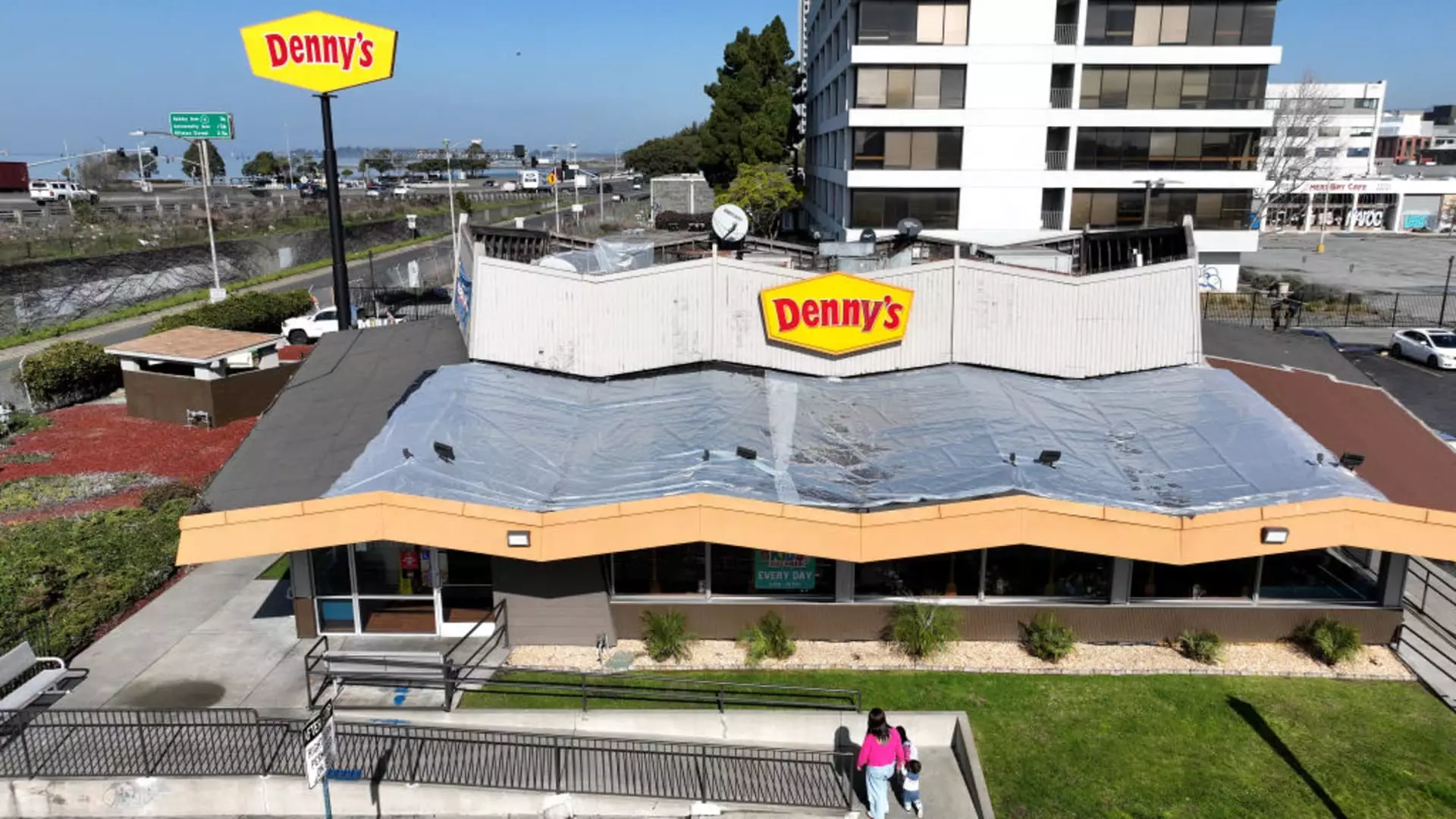The restaurant industry in the United States faced significant hardships in 2024, with many well-established chains forced to confront adverse market conditions and a shift in consumer behavior. Economic factors, such as inflation and the changing preferences of diners, have contributed to a steep decline in restaurant visits, leading to a barrage of closures and bankruptcies. In this analysis, we will explore the factors behind this tumultuous year, detailing how various chains have responded and the implications for the future of dining out.
The landscape of dining out has undergone a profound transformation amid ongoing economic challenges. With rising inflation eroding disposable income, American consumers have become increasingly cautious, prioritizing affordable dining options. According to industry reports, there was a notable drop in overall restaurant visits in the first ten months of 2024, highlighting a shift towards value-oriented establishments. Budget-conscious diners are now more likely to seek out discounts and promotions, leading to a competitive scramble among restaurants trying to maintain foot traffic.
These changes have had dire consequences for the dining segment. The year witnessed a staggering increase in bankruptcies, with 26 restaurant companies filing for Chapter 11 protection—nearly three times the number recorded during the COVID-19 pandemic peak in 2020. As chains like Applebee’s and Denny’s struggled with consistent declines in same-store sales, it became evident that many companies were ill-prepared to navigate this new landscape.
Particularly hard hit were casual dining establishments, a sector that had already faced challenges stemming from the rise of fast-casual dining options. As consumers gravitated towards chains such as Chipotle and Sweetgreen, which promise quality and convenience, traditional casual dining brands struggled to remain relevant. This ongoing trend played a significant role in the closures initiated by major chains throughout the year.
For instance, Wendy’s, a familiar name in the casual dining landscape, announced the closure of 140 underperforming locations by year’s end. This decision followed previous shut downs and was part of a strategic effort to revitalize its offerings. Despite these closures, Wendy’s plans to maintain its overall restaurant count by offsetting closures with new openings.
Similarly, Applebee’s faced a declining trajectory, with a reported drop in same-store sales for six consecutive quarters. Responding to these trends, parent company Dine Brands proposed the shuttering of 25 to 35 locations in 2024 as part of its ongoing restructuring efforts. Such decisions reflect a broader recognition within the industry that maintaining outdated or poorly performing restaurants can no longer be justified.
The turmoil did not spare other major players in the restaurant arena. Denny’s announced plans to close approximately 50 locations this year, with an additional 100 anticipated by the end of 2025. The company asserted that reducing its footprint would enhance performance metrics such as sales volumes and same-store sales. Meanwhile, TGI Fridays found itself entering bankruptcy proceedings after shutting down 86 restaurants, with closures ongoing as the chain reevaluated its future in a challenging market.
Red Lobster’s situation was similarly grave, as it permanently closed more than 120 restaurants after filing for bankruptcy. This move was part of a strategic overhaul aimed at stabilizing the brand under new ownership. In contrast, Noodles & Co. aimed to improve its operations and financial health by closing roughly 20 locations while embarking on a menu overhaul to realign with customer preferences. Such initiatives highlight a broader trend of adaptation taking place within the industry, even as the path to recovery remains uncertain.
As we look ahead, the restaurant industry must navigate an environment shaped by evolving consumer preferences and economic conditions. The significant restructuring and temporary shutdowns undertaken by various chains in 2024 illustrate a critical pivot—one that reflects recognition of the need for modernization and adaptability.
While closures are undoubtedly difficult for communities and employees, they also allow companies to reassess their business models and focus on strategic growth. If chains can successfully implement effective strategies—ranging from menu innovation to improved customer engagement—they may yet reclaim their footing in an increasingly competitive landscape. The future of dining out remains to be seen, but it is clear that resilience, adaptation, and an emphasis on value will be paramount in resurfacing from this tumultuous year.

